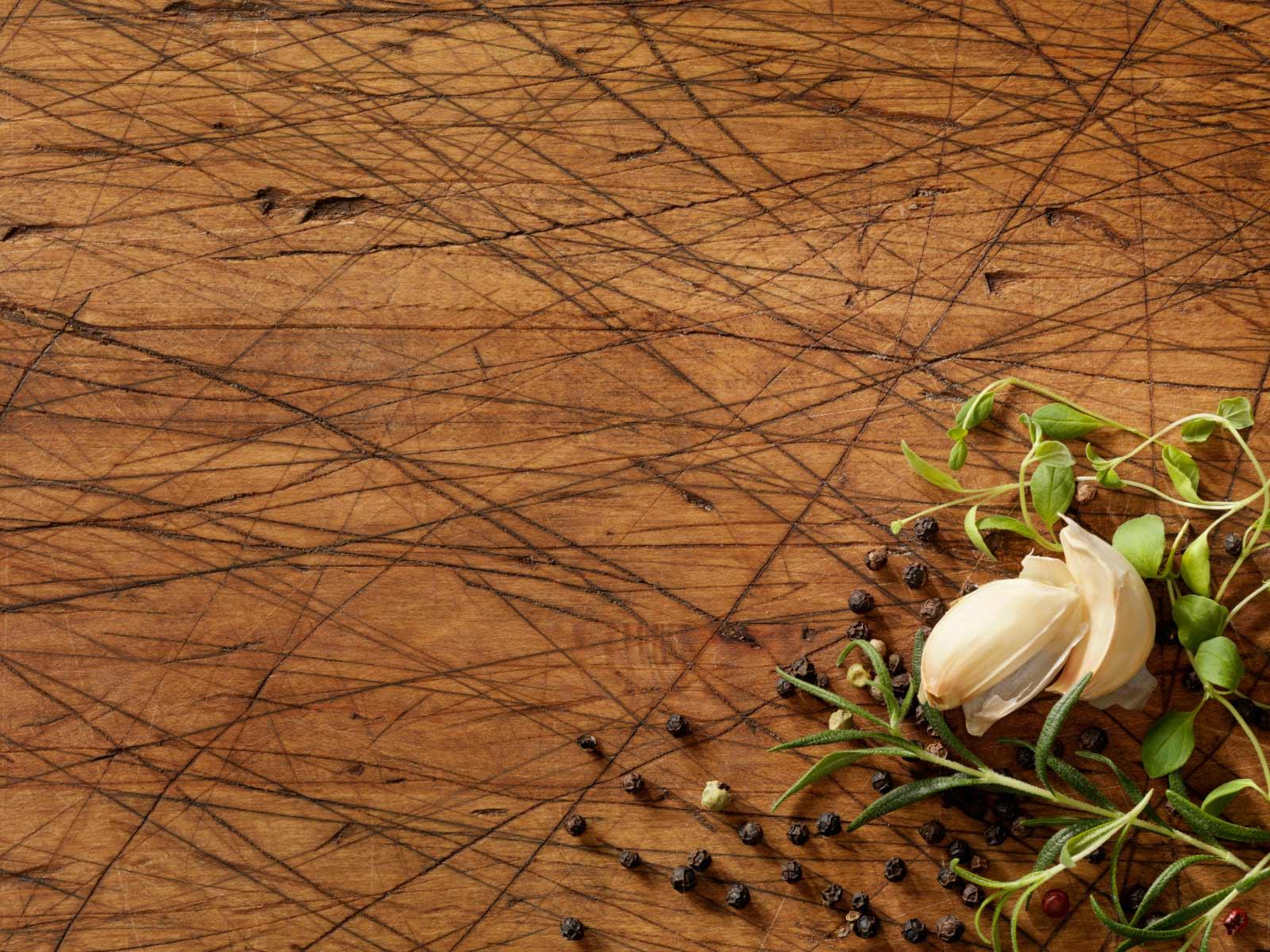
Mandarin Duck
Being colorful kills you apparently...
Habitat
Food
-Omnivore
- Food:
- Seeds, grain, and acorns (HONO)
- Aquatic plants and fish (HONO)
- Insects and land snails (HONO)
- During fall- acorns and grains (HONO)
- During spring- insects, snails, fish, and vegetation (HONO)
- During summer- dew worms, grasshoppers, small fish, frogs, mollusks, small snakes, and rice from paddy fields (HONO) (BIWA 76)
-Predators:
- Mink (WIKI)
- Raccoon Dogs (WIKI)
- Otters (WIKI)
- Polecats (WIKI)
- Eagle Owls (WIKI)
- Grass snakes (WIKI)
Description
Reproduction
Adaptation
Adaptations for Protection:
- Agile flyers (BIWA 76)
- able to do sharp turns between trees from danger (BIWA 76)
- Light body (BIWA 76)
- Broad wings (BIWA 76)
- calls are short for courtship and alarm (BIWA 76)
- semi- migratory (HONO)
- social (HONO)
- shy, can not tolerate human disturbance (BIWA 76)
- males fight each other for females (HONO)
- sticks with same partner (HONO)









